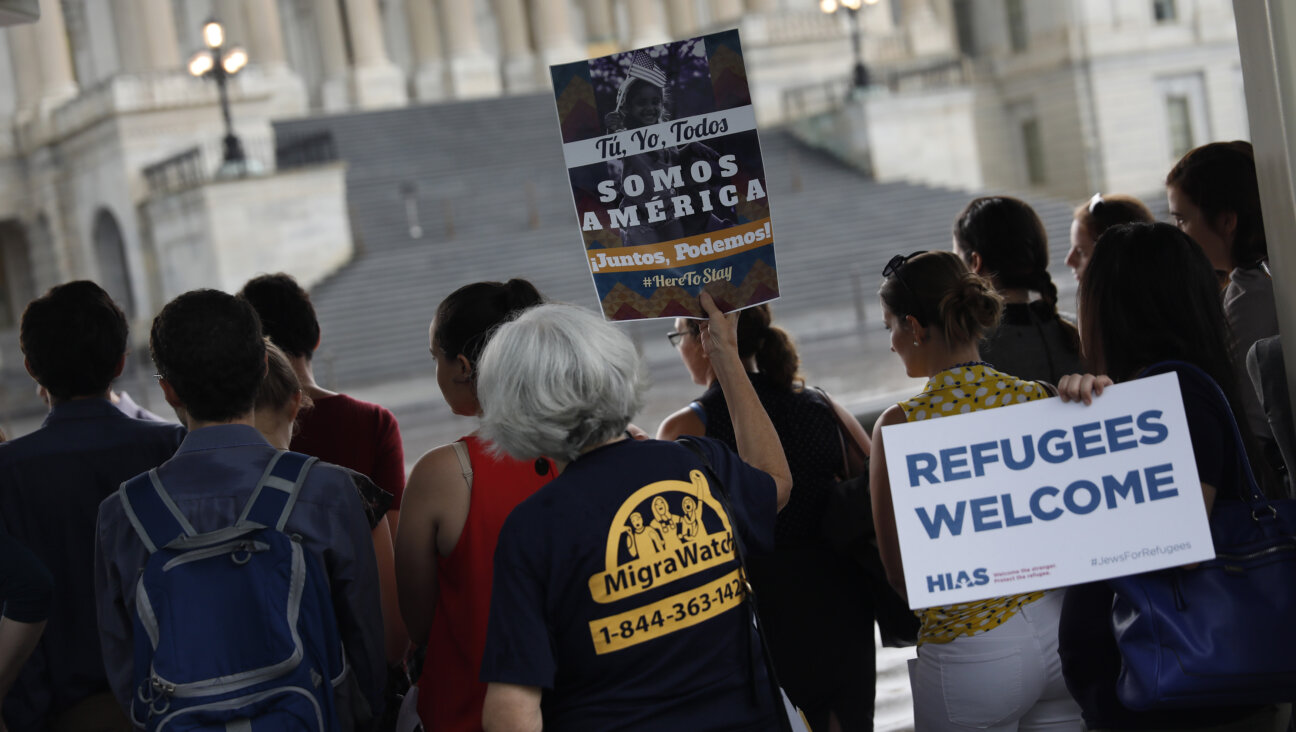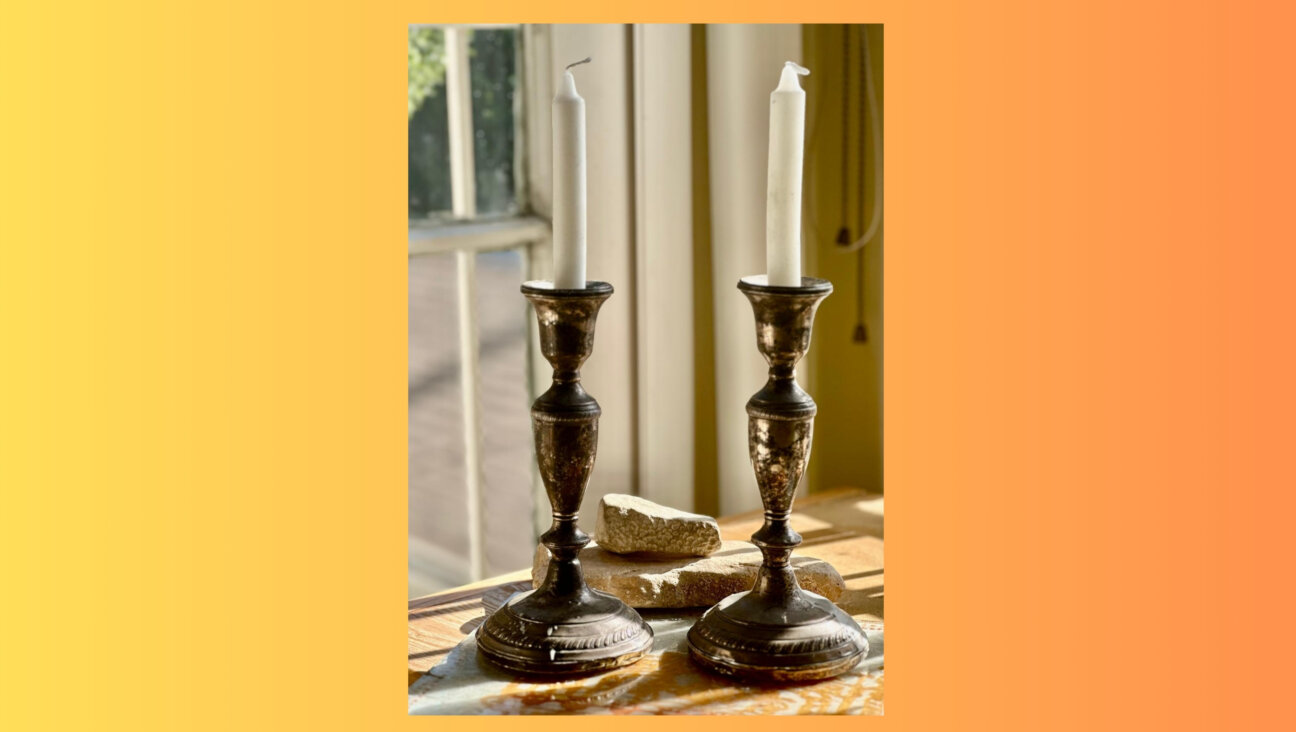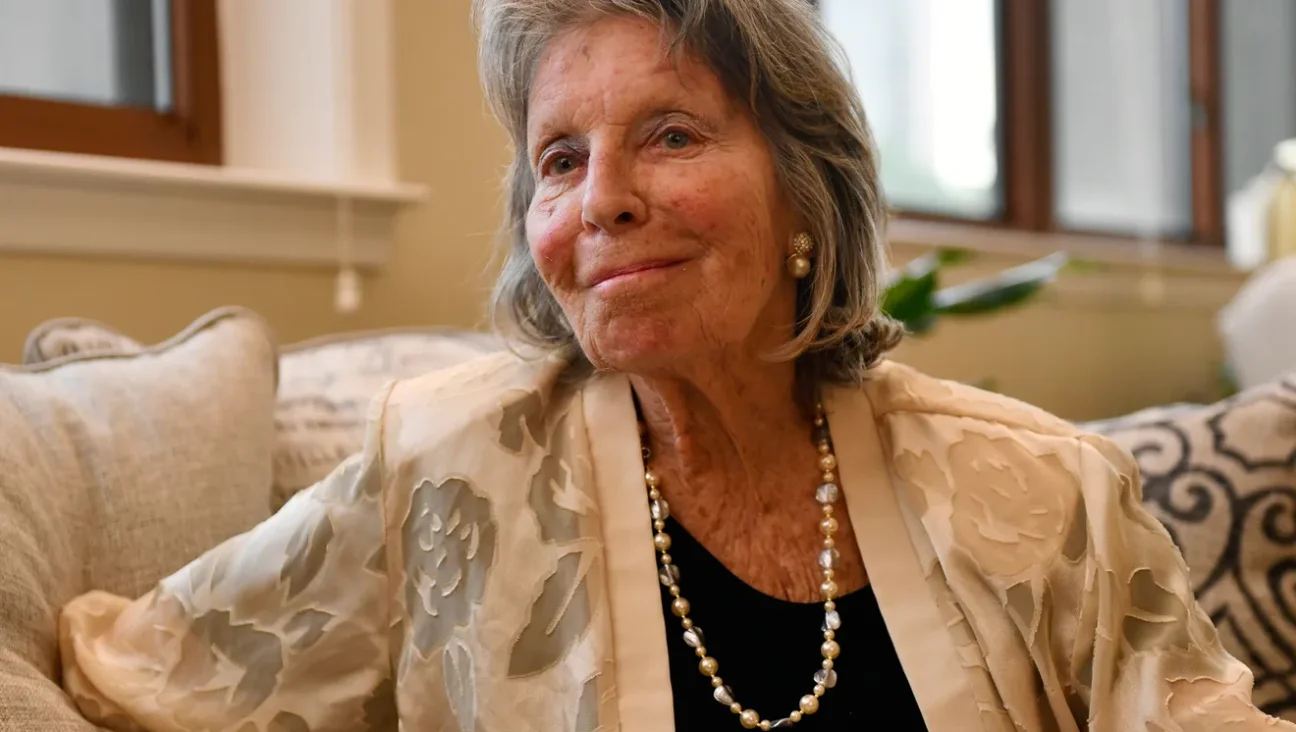Mark Rothko ‘Black on Maroon’ Restored After Tate Gallery Vandalism

Image by getty images
(Reuters) — A Mark Rothko painting vandalised at London’s Tate Modern gallery 18 months ago went back on public view on Tuesday after the first-ever effort to strip graffiti ink off a major artwork without damaging the layers of paintwork.
Rothko’s “Black on Maroon” was attacked in October 2012 by an aspiring artist who scrawled “Vladimir Umanets ‘12, A Potential Piece of Yellowism” in a lower corner. One of the Seagram Murals commissioned for the Four Seasons restaurant in 1958, the painting was valued at five million to nine million pounds by Sotheby’s. Rothko donated it to the Tate in 1970.
A Polish national called Wlodzimierz Umaniec, also known as Vladimir Umanets, claimed the graffiti was a creative act to promote his artistic movement, Yellowism. He ended up pleading guilty to criminal damage and was jailed for two years in December 2012.
Conservationists at the Tate Modern, one of the world’s most popular galleries, said Rothko paintings were notoriously difficult to restore because of their complex paintwork, which is made up of layers of oils, pigments, resins, glues and egg.
A team of three conservationists and scientists spent nine months researching and testing about 80 solvents, six months removing the ink, and three months restoring the surface.
“No one had ever used graffiti ink that is designed to be permanent to damage a painting before and we knew how delicate the paint surface was,” Patricia Smithen, head of conservation, told Reuters in front of the re-hung artwork. “We hope the work we did on this painting will contribute to the conservation world in the future.”
Tate Director Nicholas Serota said the project had been far more successful than anyone dared hope at the outset, recalling the sickening feeling on being told of the attack.
The Tate Modern dedicates a room to Rothko, who is considered one of the 20th century’s most important artists. His Seagram Murals were a shift from his earlier use of bright, intense colors for dark maroons, reds and black.
Serota said security was reviewed after the attack but gave no details. He also brushed aside questions about the cost of restoration or how it affected the artwork’s value. At Umaniec’s trial, prosecution lawyer Gregor McKinley told the court the restoration would cost about 200,000 pounds ($320,000).
“I have no idea what the value of the painting is and we are never going to sell it,” Serota told a news conference.
Umaniec has apologised for his actions, saying he now realised this had not helped his movement, Yellowism, whose manifesto states it is “not art or anti-art”.
“I apologise to the British people for what I did. I suppose I wanted to change the art world … but of course I did it in a very, very wrong way,” he said in a video statement.
“I spent almost a year and a half in prison and the British people have paid huge restoration costs, so it definitely wasn’t worth doing it. Probably the only good thing is that the art world has received a very strong message that something must be fundamentally changed about its process of restoration.”
A message from our Publisher & CEO Rachel Fishman Feddersen

I hope you appreciated this article. Before you go, I’d like to ask you to please support the Forward’s award-winning, nonprofit journalism so that we can be prepared for whatever news 2025 brings.
At a time when other newsrooms are closing or cutting back, the Forward has removed its paywall and invested additional resources to report on the ground from Israel and around the U.S. on the impact of the war, rising antisemitism and polarized discourse.
Readers like you make it all possible. Support our work by becoming a Forward Member and connect with our journalism and your community.
— Rachel Fishman Feddersen, Publisher and CEO























